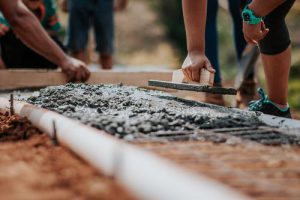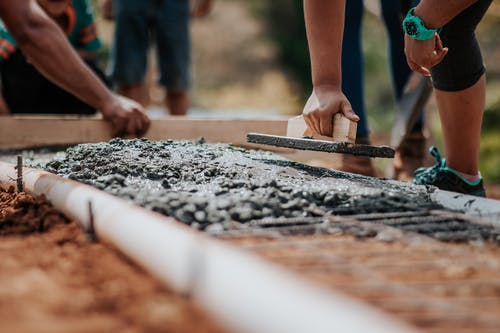Slab Heave Below a Roof
A weave is a roofing technique that looks like a basket-weaving rooftop. It is a roofing method that combines two roof slabs. This roofing technique uses plywood, tar, or felt paper to build the roof. This is called the sheathing layer. The felt paper acts as an insulator and prevents rain, snow and other weather-related problems entering the roof.
The roofing underlayment serves as a moisture barrier. A special type of roofing membrane is used for keeping out moisture and reducing condensation. The roofing membrane can be either a rubberized membrane (or a resinsulated feltpaper). The roofing membrane must be first coated with a paint, water-resistant paint, or asphalt tar before it can be applied to the roof. The lower surface of the slabs is where the paint, water-resistant paint or asphalt Tar are applied.

Slab heave can be used to refer to several techniques used in the construction of a roof. These include slab cracking and sloping, cantilevering, pillow beamed, and many other methods. Slab cracks are caused by improper use of the underlayment. Water seepage can occur and can cause dampness inside the home. Other issues such as settling of the building and contraction of the roof can also result in slab cracking.
During slab sheave, the roof’s roof is lifted by crisscross grooves. These grooves are slightly bent but they are parallel to one another. The type of roof will affect the depth of these grooves. The grooves are deeper when a flat roof has been used. This enables the roof to be lifted at a greater pace.
The slab is lifted by a roller. This roller moves along a path with the aid of torsion spring. Slab lifting is a precise process that leaves very little space for water seepage. Dampness can result from water accumulations caused by poor roof construction. To avoid these problems, a roofing solution should be used.
Once the slab has been lifted from the roof, it should be placed on the roof. If this is not done properly, the whole roof structure can get damaged. For instance, when the slabs are not properly set on the ground, the entire roof may get cracked. It is important to properly install the slabs.
The purpose of slab heave under a roof, in terms of aesthetics, is to create space for ease of movement. Slabs come with a variety sizes and shapes. This allows people to set slabs according to their requirements. They can choose slabs according to the size and shape of the roof. A roofing contractor may recommend slate, timber, concrete or clay tile. Each has its benefits.
A slab beam under a roof can help to check for damage. When the damage is detected, repair can be initiated before it becomes very expensive. A roofing contractor melbourne underpinning would suggest the type of slabs that would be best suited for the roof. Heave slabs should be used in most cases. Slab-heave is typically used for internal structures, such as bathrooms and kitchens. It can also help with garage roofs.
It is recommended that homeowners use slabs made of durable materials. They should also ensure that the roofing contractor uses high-quality materials. These should be waterproof and strong. A roofing contractor will be able to give good advice on these aspects.
People who live in areas with heavy rainfall should consider slate or tile roofing. It is because the heave under a roof, which is caused due to heavy rainfall, can damage the slabs. It can even lead to roof leaks. Slate or tile roofs are ideal for people who do not want to spend too much time on maintenance. These roofs can also serve as a way to keep out solar heat.
People living in areas where temperature varies often have to use heave under a roof, which is also known as a single-ply roof. Single-ply roofing systems are excellent because they can withstand all weather conditions. They are also resistant to extreme temperatures and can last for a long time. They are also expensive. Before homeowners decide on a slab roof heave, they should consider which type of roofing system is best for them.


